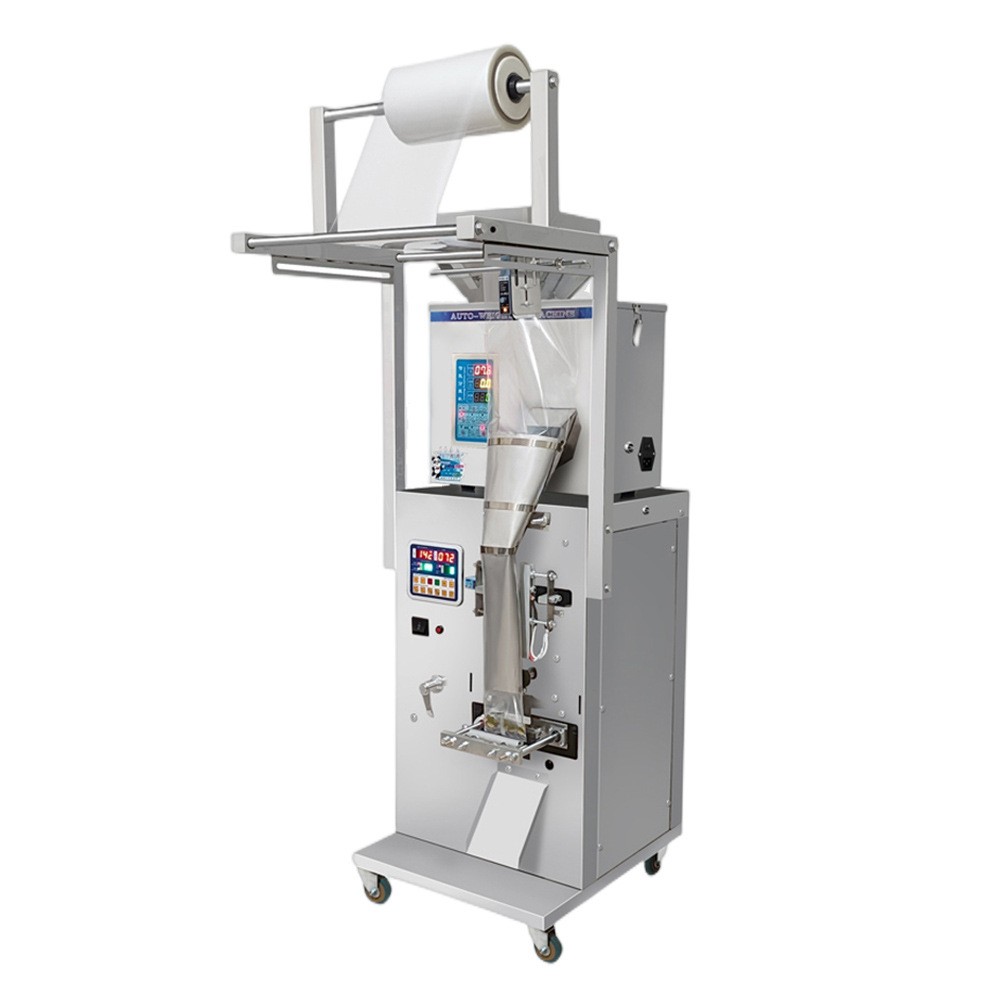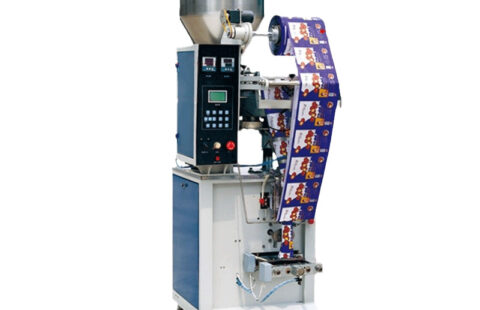
Liquid packaging machine: the “invisible magician” of modern industry
Behind the neatly arranged soy sauce bottles, milk cartons, and shampoo bags on the supermarket shelves, there is a figure of an industrial “magician” – a liquid packaging machine. This automated equipment accurately packages liquid products into containers of different specifications and weaves a precise network of modern industrial civilization using robotic arms. As the “heart” of the packaging industry, liquid packaging machines are reshaping the ecological landscape of the entire fast-moving consumer goods industry with filling speeds of dozens of packages per second.
The Art of Balancing Efficiency and Cost
The core technological breakthrough of liquid packaging machines lies in breaking through the physical limits of traditional packaging. The rotary piston pump can control the error of viscous liquids such as olive oil within ± 0.5% through precision machining at the 0.01 millimeter level; Ultrasonic liquid level sensor combined with PLC control system enables soy sauce filling speed to exceed 120 bottles per minute. In the dairy workshop, the combination of hydrogen peroxide atomization sterilization system and aseptic filling technology extends the shelf life of fresh milk from 3 days to 21 days.
But industrial magic is not without cost. When processing high viscosity liquids such as honey, the equipment needs to be equipped with a heating and constant temperature system, which increases energy consumption by 40%; When dealing with corrosive chemical raw materials, the contact parts made of 316L stainless steel double the overall cost of the machine. The cost accounting of a certain seasoning enterprise shows that although the equipment investment is as high as 3 million yuan, compared to manual packaging, the cost of consumables per bottle has decreased by 0.15 yuan, and the investment can be recovered in two years.
Secondly, the cross industry fluid revolution
In the field of daily chemical products, liquid packaging machines are sparking a packaging revolution. The “bag in bag” packaging system developed by a company in Guangzhou can simultaneously fill shampoo main ingredients and gift samples in the same process. The pharmaceutical industry has pushed the filling accuracy to the extreme, with the packaging error of eye drops filling machines not exceeding ± 0.02ml, comparable to laboratory pipettes. In the field of agriculture, the pesticide packaging line for crop protection drones can automatically mix concentrated pesticides and solvents, achieving instant irrigation and use.
The special needs of the chemical industry have given rise to explosion-proof packaging equipment. These machines equipped with anti-static coatings can operate safely in environments filled with volatile gases, while maintaining a filling speed of 80 barrels per minute. The food and beverage industry pursues ultimate flexible production. A brand has launched an “intelligent conversion” model that can switch from 250ml Tetra Pak to 5L bottled water in just 15 minutes.
Thirdly, the evolution of packaging in the era of intelligence
The Internet of Things technology is rewriting the rules of device operation and maintenance. The intelligent diagnostic system launched by a packaging machinery factory in Shandong can predict mechanical failures 48 hours in advance by collecting 100000 sets of operating data through vibration sensors. At a smart factory in the Yangtze River Delta, AGV cars and packaging machines operate in conjunction, with no human intervention throughout the entire process from empty bottle transportation to palletizing, resulting in an overall line efficiency increase of 98.5%.
Environmental regulations are forcing new packaging solutions. The bio based PE material packaging machine adopts low-temperature heat sealing technology, which reduces energy consumption by 30%; The circulating cleaning system can save 75% of flushing water. Faced with emerging markets, compact devices with modular design are becoming popular, and mobile packaging units covering an area of 8 square meters are producing bagged drinking water in street workshops in Africa.
Standing at the turning point of intelligent manufacturing, liquid packaging machines have broken through the simple filling function and evolved into intelligent terminals that connect raw materials and consumers. When 5G technology makes remote diagnosis the norm and AI algorithms can autonomously optimize filling parameters, this industrial revolution that began with assembly lines is redefining the value connotation of “packaging”. In the future, with the application of new materials such as flexible electronics and edible packaging, liquid packaging machines may become guardians of food safety, continuing the innovation legend of industrial civilization in square containers.




